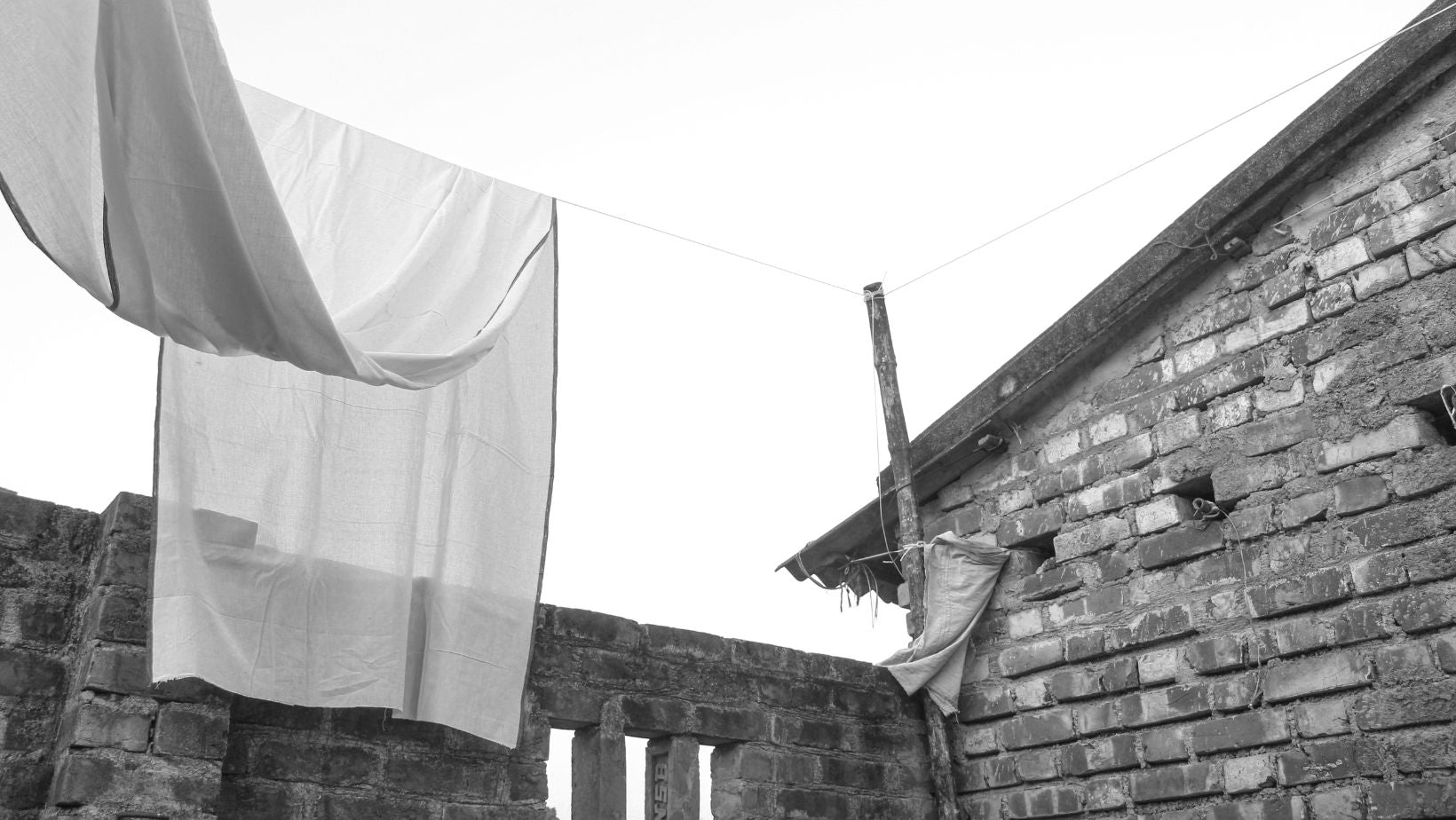Have you ever thought about the lifespan of a single piece of clothing? Surprisingly, most parts of the world let their clothes go in the blink of an eye. Anywhere between 2 to 3 years, landfills stock up with dreaded and discarded pieces of fabric that continue to accumulate, damaging ecosystems and encouraging rapid and short-lived production, which further adds to the planet’s carbon emissions.
Clothes deserve to be treated with respect and love, nurturing them as the years go by to ensure durability over a longer period where you can continue to enjoy the fruits of weavers’ hard work. We hope that the kindness that goes into making every piece of clothing at Sahana is delicately matched by your intentional care, helping the environment prosper in the glory of sustainable and slow-living.
Producing sustainably is our specialty; consuming sustainably is your responsibility. Let’s learn how to care for clothes together, preserving our favourite items for longer while reducing the negative impacts on the environment. Here’s some of our best advice to help you maintain your clothes to the quality closest to when they were hand-crafted with love.
Cleanliness always comes first, but not at the cost of damaging the fabric. Clothing detergents often include rigid chemicals that ruin hand-made fabric, especially when over-used. If the pieces are clean yet need to be freshened up, simply hang them in the shade for a while. Nature is our friend here, too, helping rejuvenate fabric to remove smells and bring it back to life. Not only does this save energy, electricity and emissions, but it also upholds the quality of your clothes for longer.
The best way to treat hand-made clothing is by being gentle. This includes choosing to handwash when possible. When you need to machine wash, try to stick to cooler water temperatures. Higher temperatures are usually only used for stubborn stains and shrink the fabric. This deteriorates the texture and quality of the fabric, leaving you with a rough feel on your skin, defeating the purpose of our soft and airy hand-made cotton clothing. We recommend a 30°C as the perfect wash temperature, with your clothes turned inside out to protect fabric composition and colour.
With the market going greener, there are numerous eco-friendly detergent options to choose from that give the best care to your clothing. Natural detergents are made up of naturally cleansing formulas, like baking soda, that helps acidise and kill bacteria. These are gentler, help reduce colour-fading, and keep your clothes looking fresher for longer. Most of these tend to be plant-based, ensuring a biodegradable future for the products. Throw out those fossil-fueled chemicals that are stringent on the clothes and the environment.
Our eco-friendly and azo-free dyes are a pride of our clothing. Without chemicals, these dyes tend to bleed at times - a beautiful mark of their organic nature. We recommend swatching a wet cotton ball against the inner seam of the clothing to check for colour transfers. In this case, separate clothing by colour to prevent messy bleeds during a wash, as well as when you store them in a cool, dry place. An additional sack of lavender or homemade potpourri between clothes leaves a refreshing scent in your closet.
We recommend air-drying clothes after a wash in the shade. The shade helps with a cool breeze and prevents any colour-fading by direct sunlight. The dryer uses harsh levels of heat that tend to shrink clothes and reduce the overall quality.
Our clothes look best when cared for correctly. Present yourself with a well-ironed outfit by dampening the fabric ever so slightly to remove stubborn creases.
While these practical tips help maintain clothes through washing and drying, a large part of caring for clothes comes from genuine regard for the environment. Adopting a slow lifestyle that encourages us to repair, reuse and re-style pieces that we no longer find ‘trendy’ gives them a new life and identity. In the end, what matters is how you try to make the most out of anything, including clothing. We have faith in the inherent process of sustainable fashion and will continue to strive for it through our manufacturing. We hope you carry our efforts forward when our clothes find a peaceful new home in your wardrobe.






